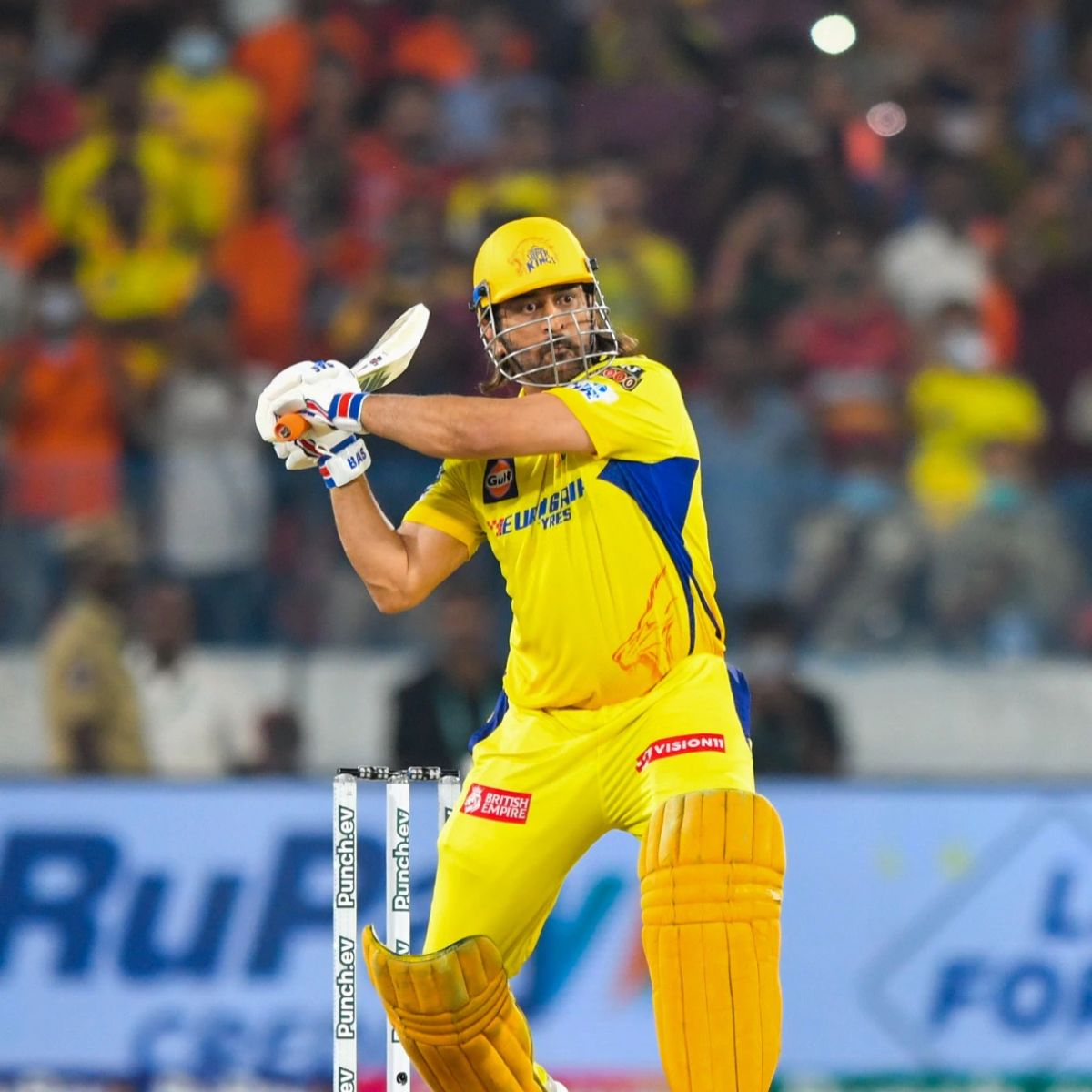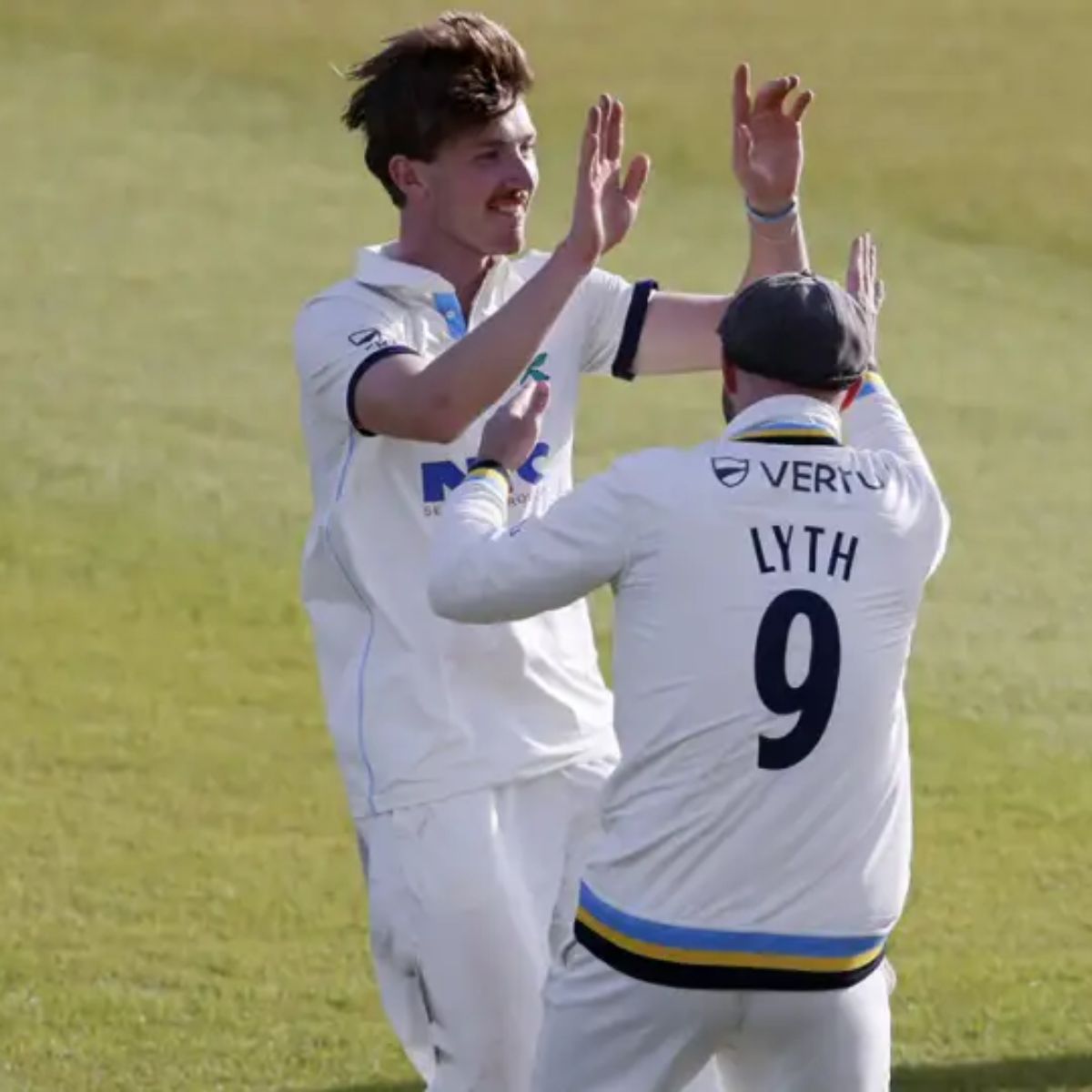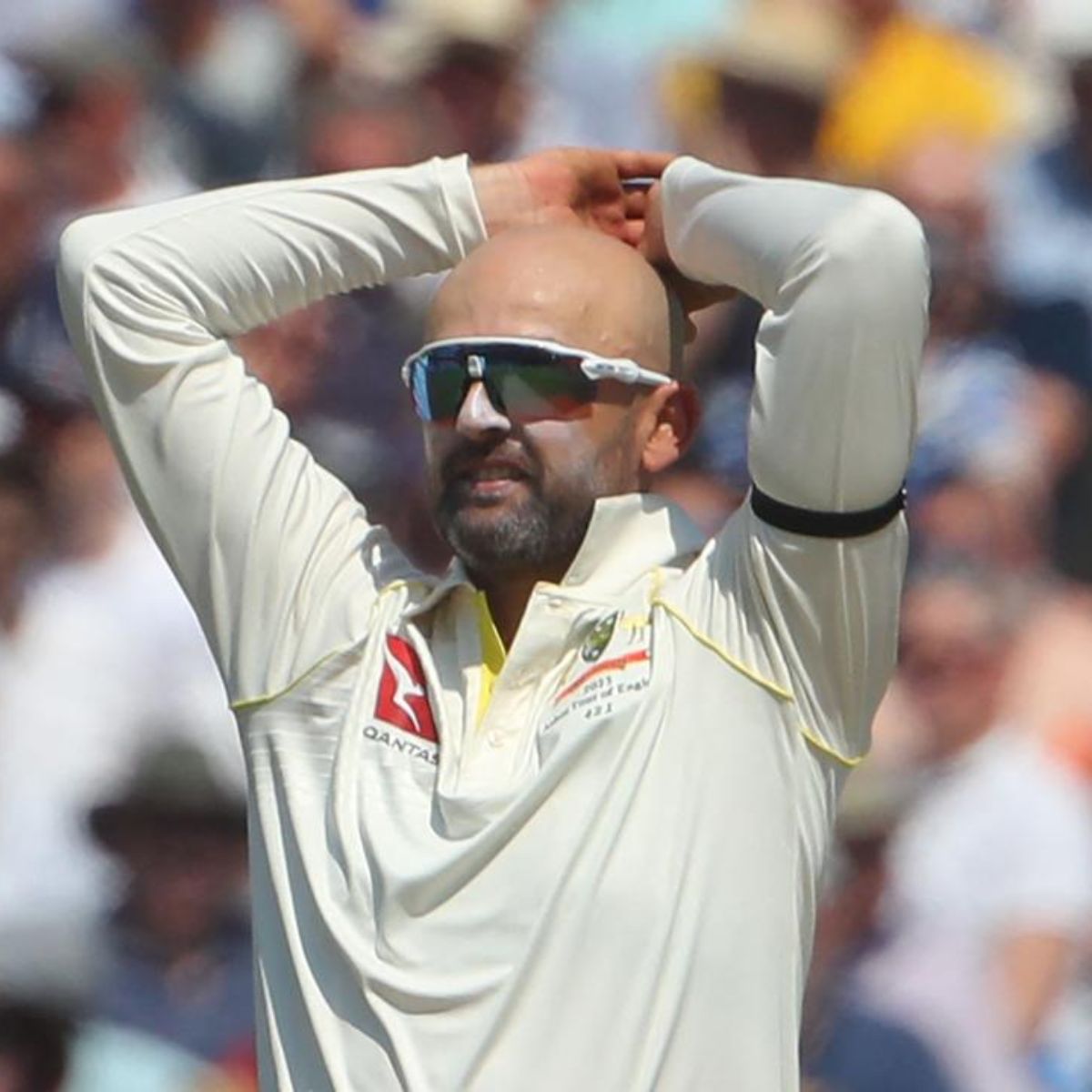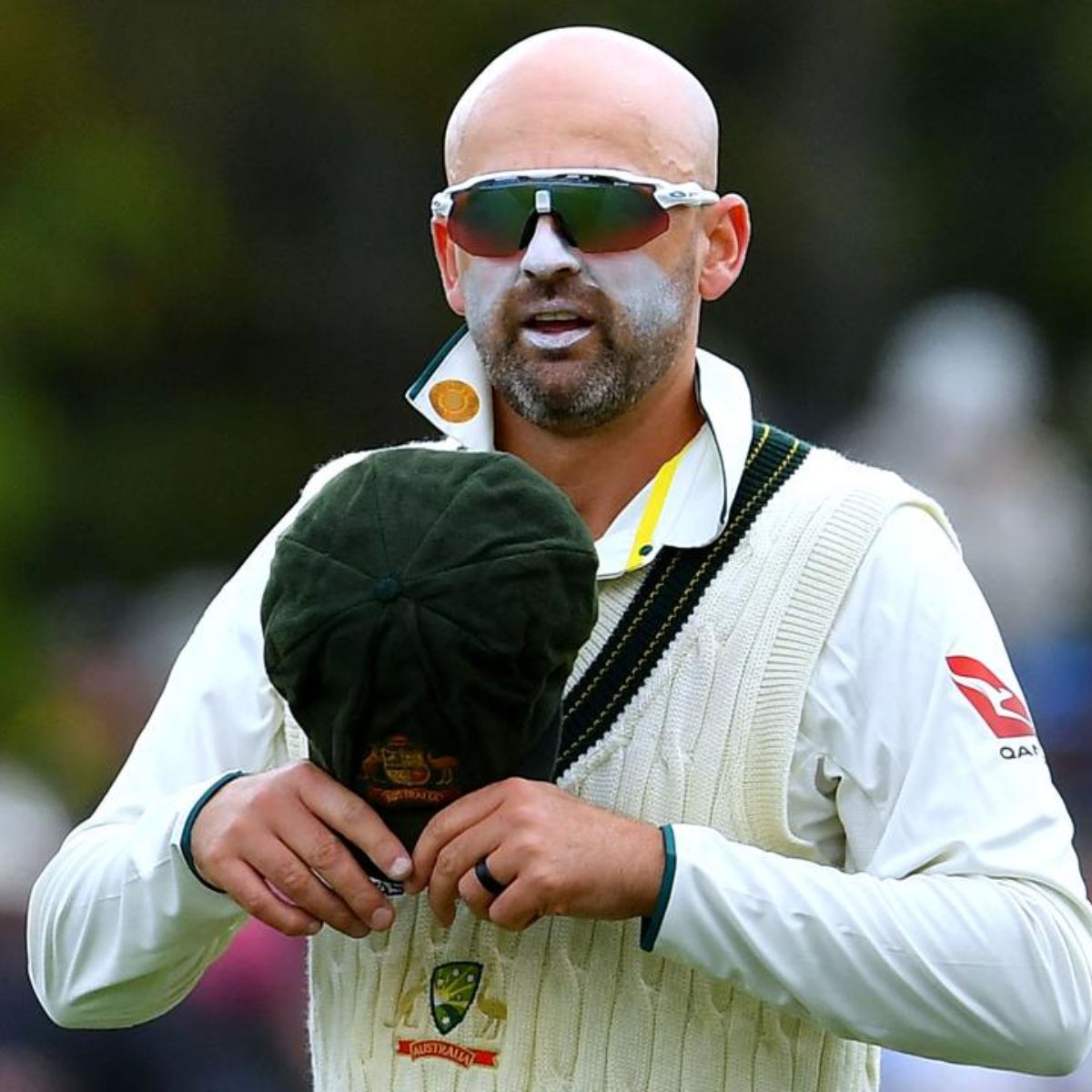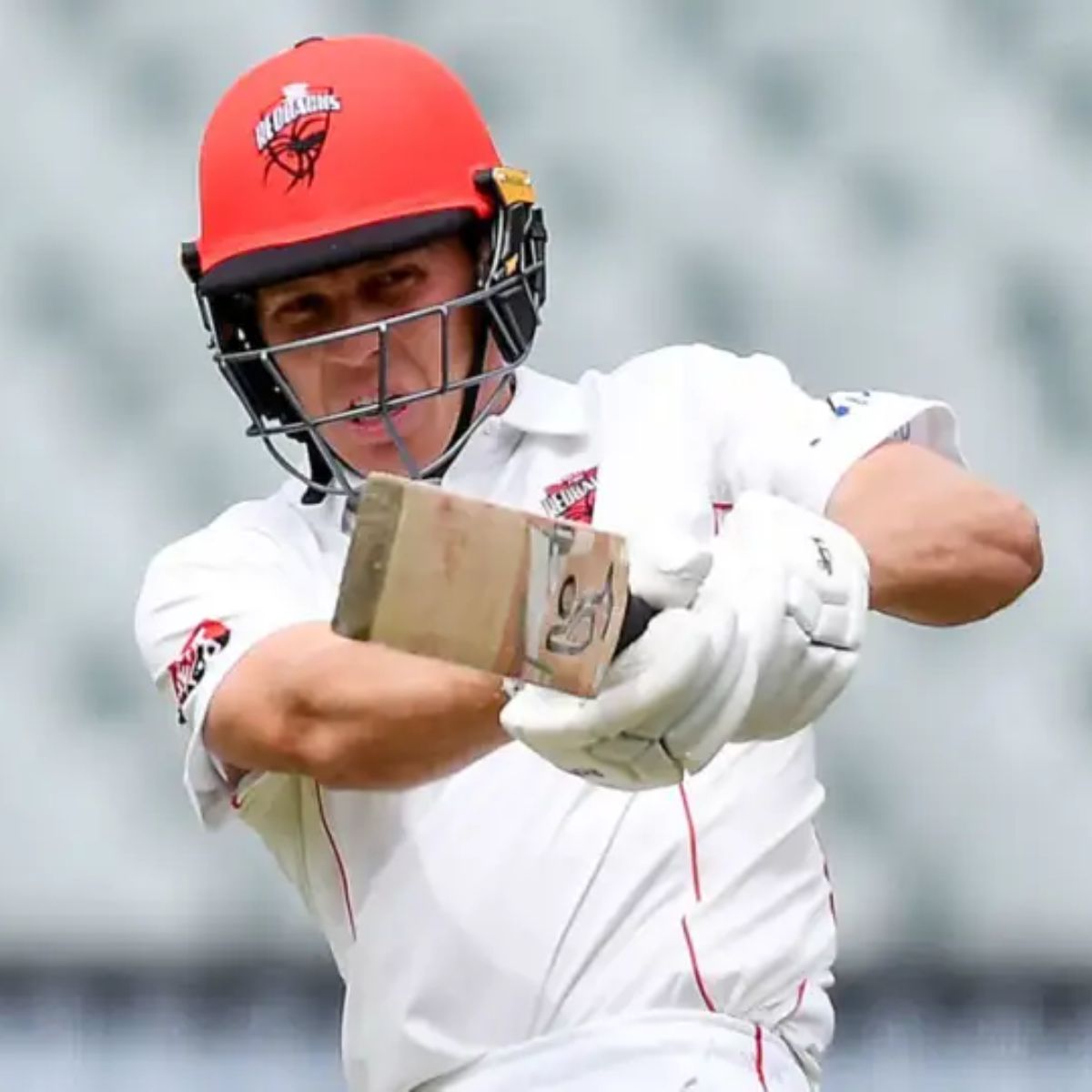MESA, ARIZ. – Cubs outfielder Mike Tauchman has noticed some misconceptions about his approach at the plate. Even last season, when he was averaging 4.27 pitches per plate appearance, his goal wasn’t to go in deep counts. When he felt best, he often was doing damage early in the count. But his commitment to his plan of attack meant he saw a lot of pitches.

Tauchman came into this spring with a different plan.
“I believe that when I’m in a real game situation, the plate discipline that seems to have been there always, will be there,” he said in a recent conversation with the Sun-Times. “So I can afford to now be a little bit more aggressive.”
Tauchman has talked about how manager Craig Counsell informing him he’d made the team at the beginning of camp helped free him up to test some things this spring. But Tauchman had already been planning to alter his spring-training approach.
He hoped taking more hard swings early in counts would give him better feedback that would help him prepare for the season. He also wanted to carry some of that aggressiveness into the season.
To put it into context, Tauchman saw as many pitches per plate appearance last year as the Pirates’ Jack Suwinski and the Red Sox’ Justin Turner, who were tied for sixth in that category among qualified hitters, according to Baseball Reference.
Tauchman said he sat down with assistant hitting coach John Mallee in November to dive into his plan.
“You look at mechanics, you look at the swing itself,” Tauchman said. “But you’re also looking at swing rate, chase rate, how you’re doing on certain pitches. I came into it with some thoughts, and then he was echoing those thoughts.”
Tauchman boiled it down to creating OPS, which combines on-base and slugging. Tauchman led the team in on-base percentage last season (.363). But he saw his .377 slugging percentage as an opportunity for growth.
“To do that, you have to swing,” Tauchman said, “and you have to be intentful with your swing.”
Often, conversations about adding extra-base hits to a player’s résumé focus on adding strength or making a swing change. But those aren’t the only factors.
“There’s a healthy amount of swing-and-miss in our game’s best players,” Tauchman said. “If you look at it, a lot of it’s early in the count because they have their idea of, ‘I’m going to swing to my damage zone. And if I get that look and it happens to be a changeup, and I miss a 1-0 changeup by 10 feet, who cares? Or if I pull it foul, who cares?’”
In fact, as Tauchman explained, taking that hard swing early in the count sets him up better for the rest of the at-bat than watching that pitch or slowing down to put it in play. He now has had a really good look at that changeup, for example, at full speed, in the likely case that the pitcher throws it again. And he still has another couple of strikes, and a disciplined eye, to work with.
“Then another part of that is just identifying matchup,” Tauchman said. “There’s days where it’s like, ‘Hey, this pitcher lines up really well with what I do well. So, yeah, I can afford to be aggressive today, I can afford to take chances today, because it’s a really positive offensive matchup for me.’”
Against tough matchups, simply finding a way to get on base in front of someone else with a better matchup may be considered a win. None of that comes into play, however, until the regular season begins.
With pitchers focused on their own work — honing the shapes of their pitches, or even adding new pitches — early in spring training, Tauchman has been focused on taking “intentful swings.”
“They’ll tell me, when you’re moving fast, when you’re trying to create strong contact, how’s your direction? How’s your contact point? How does your body feel like it’s moving through space? How’s your pitch recognition? All these things. And I feel like it’s easier to gauge that through super high intent and aggressiveness.
“Is it valuable if I go into a spring training game and see 15 pitches, and I see three strikes and don’t take a swing?”
The proof will be Tauchman’s season.
